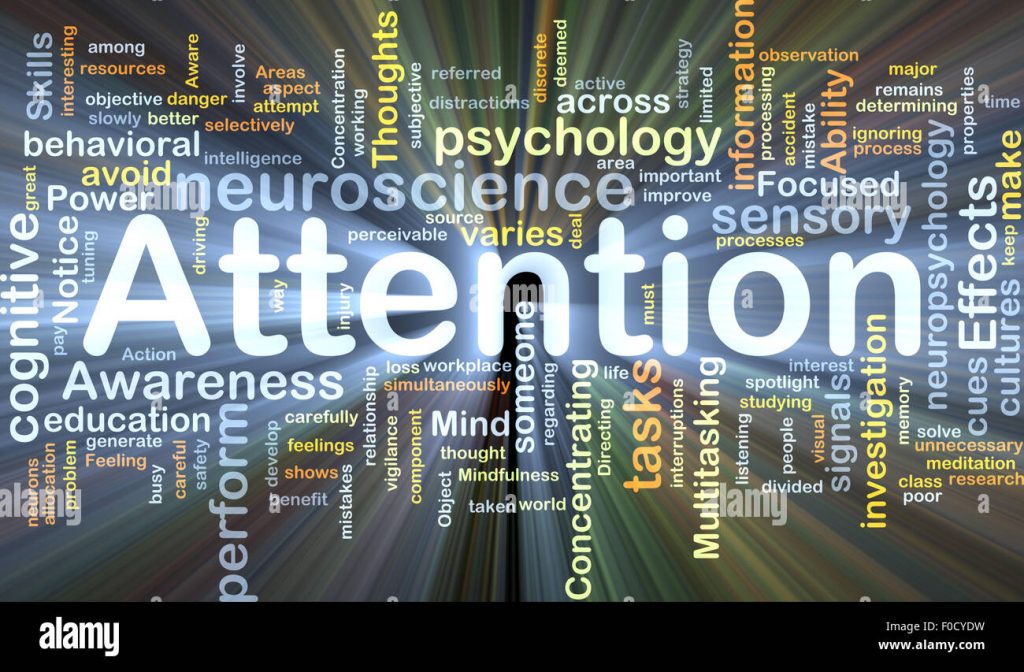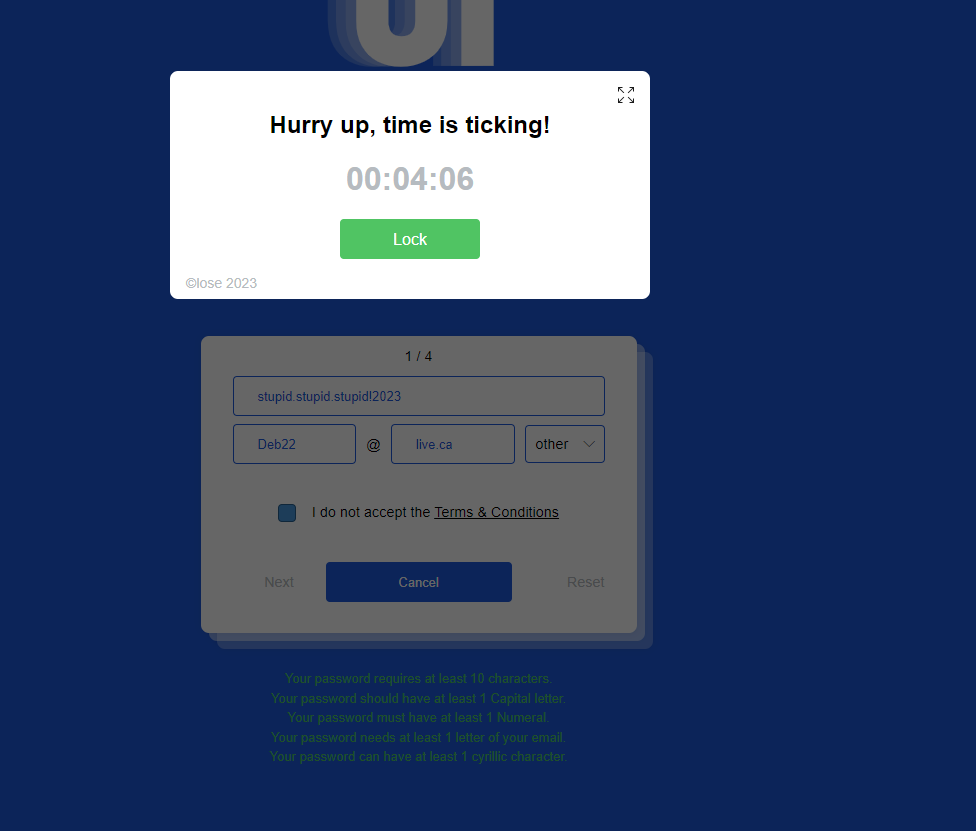
This was probably the most frustrating, annoying thing I’ve ever worked with! While there are apps out there that could compete with this one, it did make the point – with a sledgehammer. In an article about usability, Woolgar (1990, p. 60), states:
“It should be clear by now that technology, and information technology (IT) in particular, is just the latest excuse for doing social science.”

I was not able to get past the first page, despite discovering how to get around the deceptions – “send to bottom” and the “close” button hidden in the corner of the nag screen for the timer. I also had to select and de-select the agreement box many times, an obvious ploy to make you agree to their terms despite the double negative in the sentence. You can’t proceed unless you do not agree to the privacy terms – so your information is available for them to use any way they want. A subtle and deceptive manipulation to get around privacy laws.
This exercise, to me, is akin to the whole subversive subliminal advertising controversy in the ’60’s and ’70’s. This debate was around advertising companies using subtle images or words embedded in advertising to increase sales, usually around sexual content. More recently, Gherasim & Gherasim (2020) discuss the use of neuromarketing. This is the use of neuroscience to influence the consumer public: “…the subliminal suggestions it contains can be compared to the hypnotic ones. Such advertising messages are therefore intended to influence a consumer’s intention to buy, without the consumer being aware of the true source of motivation.” (p. 41).
“…the subliminal suggestions it contains can be compared to the hypnotic ones. Such advertising messages are therefore intended to influence a consumer’s intention to buy, without the consumer being aware of the true source of motivation.” (p. 41).
This is similar to the issues of the attention economy – marketers, businesses and developers wanting to force users into paying attention to what they want them to pay attention to. This is clear in this case of the game. This ‘game’ is trying to configure the user, as Woolgar (1990) puts it by dictating what is deemed important by the people designing it.

Could this phenomenon of the attention economy, and perhaps also neuromarketing, be compared to the use of ‘clickbait’ to increase views in social media platforms? Particularly for those content creators who are monetized or trying to get monetized?
References
Brignull, H. (2011, November 1). Dark Patterns: Deception vs. Honesty in UI Design. A List Apart. https://alistapart.com/article/dark-patterns-deception-vs-honesty-in-ui-design/
Gherasim, A., & Gherasim, D. (2020). From subliminal perception to neuromarketing. Economy Transdisciplinarity Cognition Journal, 23(2), 40-46.
Woolgar, S. (1990). Configuring the User: The Case of Usability Trials. The Sociological Review, 38(1_suppl), 58–99. https://doi.org/10.1111/j.1467-954x.1990.tb03349.x
